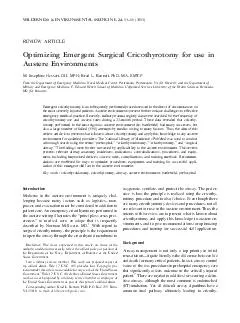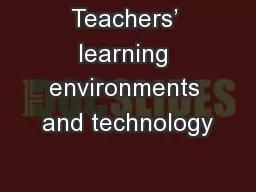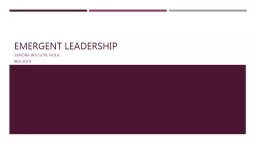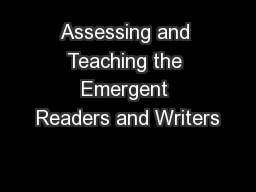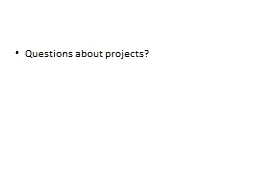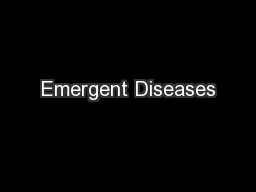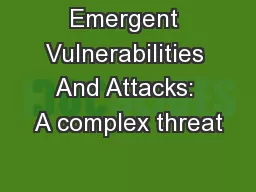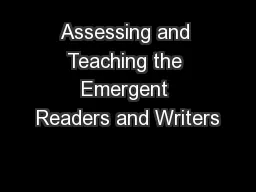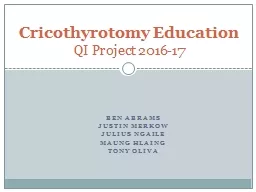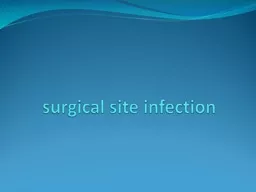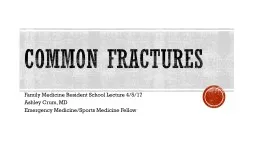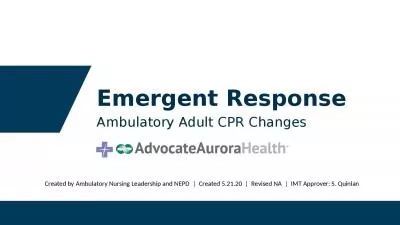PDF-REVIEW ARTICLE Optimizing Emergent Surgical Cricothyrotomy for use in Austere Environments
Author : natalia-silvester | Published Date : 2015-02-20
Josephine Hessert DO MPH Brad L Bennett PhD MA EMTP From the Department of Emergency Medicine Naval Medical Center Portsmouth Portsmouth VA Dr Hessert and the Department
Presentation Embed Code
Download Presentation
Download Presentation The PPT/PDF document "REVIEW ARTICLE Optimizing Emergent Surgi..." is the property of its rightful owner. Permission is granted to download and print the materials on this website for personal, non-commercial use only, and to display it on your personal computer provided you do not modify the materials and that you retain all copyright notices contained in the materials. By downloading content from our website, you accept the terms of this agreement.
REVIEW ARTICLE Optimizing Emergent Surgical Cricothyrotomy for use in Austere Environments: Transcript
Download Rules Of Document
"REVIEW ARTICLE Optimizing Emergent Surgical Cricothyrotomy for use in Austere Environments"The content belongs to its owner. You may download and print it for personal use, without modification, and keep all copyright notices. By downloading, you agree to these terms.
Related Documents

